With the book Tanks in the War in Vietnam published by Tre Publishing House, Colonel Nguyen Khac Nguyet - former tank driver No. 380, Company 4, Tank Brigade 203, Army Corps 2 - went from the early days to when the Tank - Armored Corps was established and then made glorious achievements, contributing to the overall victory of the whole nation. This can be said to be a unique work when focusing on a branch that does not have many research documents, thereby providing many interesting stories and meaningful lessons.
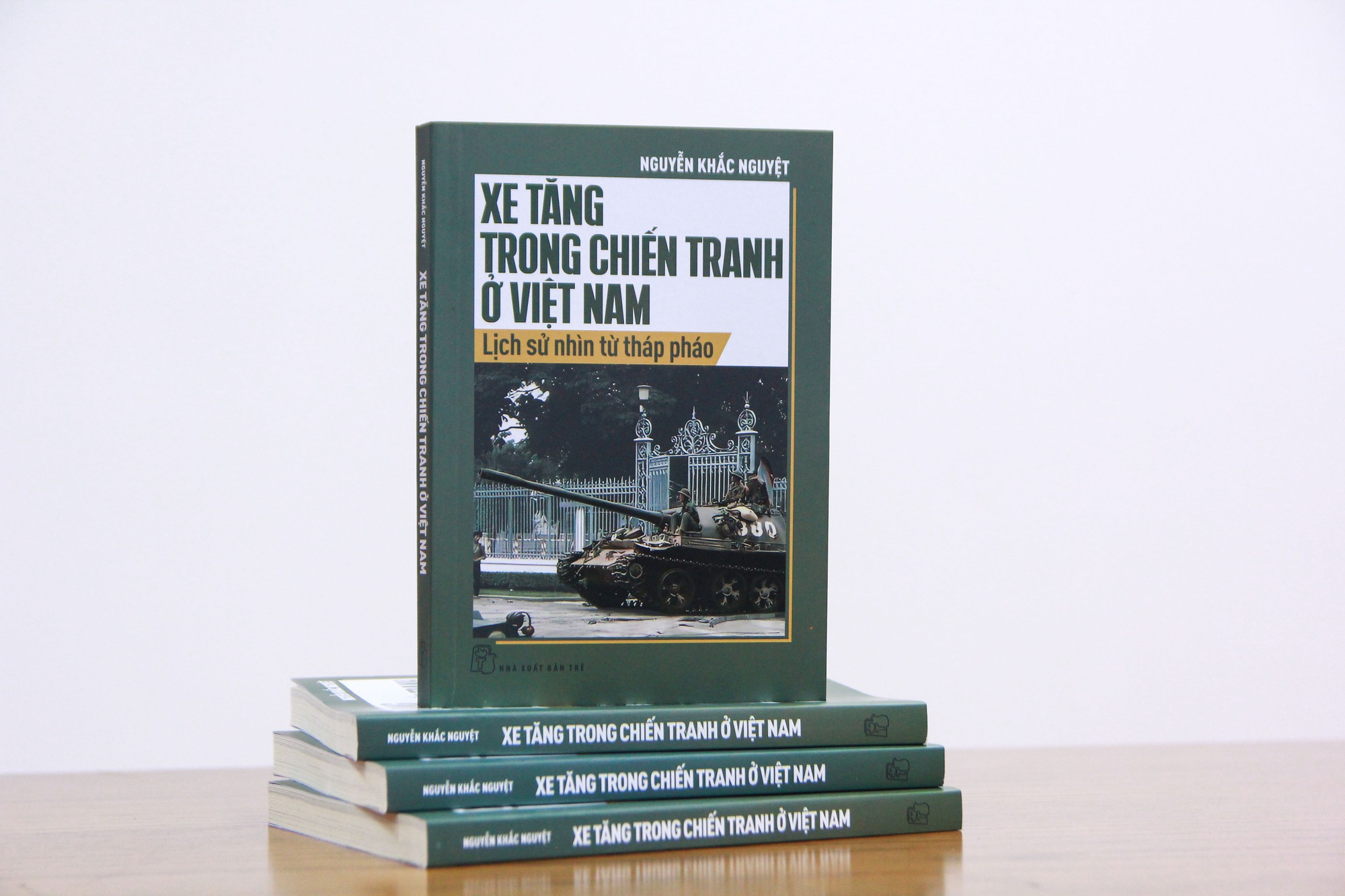
Cover of the book Tanks in the Vietnam War
PHOTO: Tre Publishing House
The difference in power
According to the author, the first tanks appeared in our country in 1919, brought to Indochina by France and were models that had been used in World War I. However, with the role of ensuring internal security and never having faced enemy tanks in combat, they quickly became outdated and damaged. By 1942, most of the vehicles could not move, so they were converted into bunkers. After this period, the West continuously supported to strengthen the modern armored forces of France in Indochina, while our army still did not have these vehicles.
However, with the spirit of "Determination to die for the survival of the Fatherland" as well as the motto of "long-term resistance", the entire Vietnamese people, with their will and the most rudimentary equipment, steadfastly resisted modern equipment. For example, with only "tripod bombs" - a rather rudimentary anti-tank weapon captured from Japan, the soldiers of the Capital Regiment destroyed many French tanks and armored vehicles, preventing the French from attacking the fortifications established by the National Guard soldiers. Later, with the SKZ anti-tank gun combined with artillery fire, at the end of the Dien Bien Phu campaign, our army began to destroy more tanks, including capturing 2 completely intact M24 tanks...
And also from this vehicle, on October 5, 1959, the first tank regiment of the Vietnam People's Army was established. With the help of many countries, by 1975, we had received aid of about 2,000 tanks and armored vehicles of all kinds. Although entering the battle quite late (from February 1968) due to the complicated war situation, the Tank - Armored Corps quickly matured, making many important contributions to the cause of fighting the US to save the country, when participating in many special events such as the Route 9 - Southern Laos campaign, the 1972 strategic offensive, the 1975 Spring General Offensive and Uprising...
From that, it can be seen that the birth of the first tank regiment has historical significance, marking a new step of development of our army in the process of building a regular, elite revolutionary army. However, that process also had many difficulties that the tank - armored force had to overcome. That was recreated by author Nguyen Khac Nguyet vividly, interestingly, heroically but also no less emotional with many meaningful, unforgettable stories.
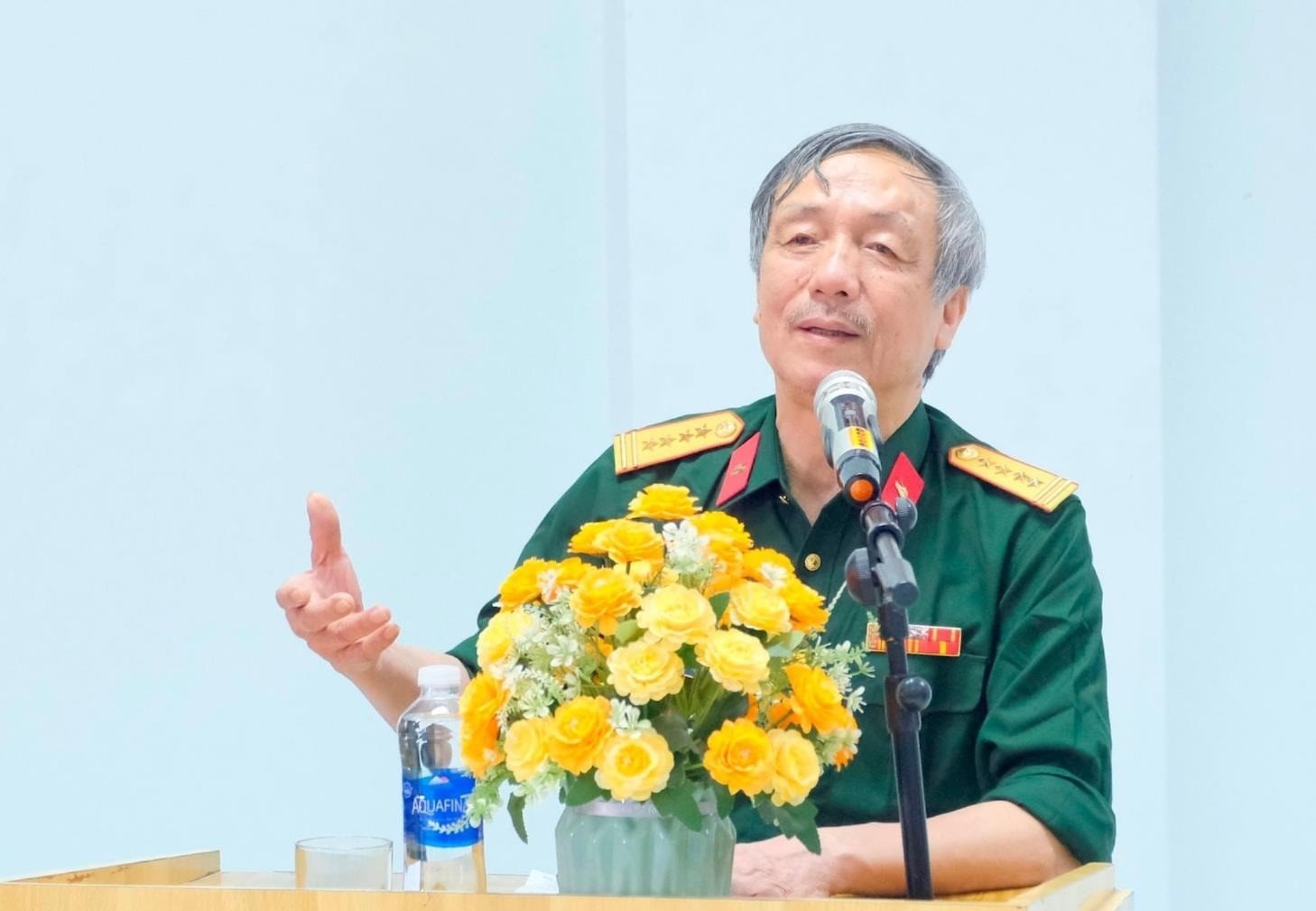
Author - Colonel Nguyen Khac Nguyet
PHOTO: DOCUMENT
Overcoming the thorns
Accordingly, due to many reasons, both objective and subjective, after July 13, 1960 - the milestone marking the first tracks rolling across our country - our army still could not bring tanks to the Southern battlefield. Realizing that, the General Command decided "If the vehicles cannot move, send in people first, both prepare the battlefield and use enemy vehicles to fight the enemy". In that situation, the soldiers both applied the special forces' fighting style and studied the structure of the enemy's vehicles so that if they hit, they would hit, quickly eliminate them from the battle, and if possible, use enemy vehicles to equip themselves. As a result, in less than a year, our side captured 7 enemy tanks and armored vehicles. This shows the creativity and adaptability of our troops during the fighting process.
When conditions allowed tanks to enter the South at the end of 1967, the journey was not easy. First of all, at that time, no tank unit had carried out such a "thousand-mile" march into the Southern battlefield. In addition, the roads were not favorable due to the destruction of the US Air Force. Not to mention advanced equipment such as infrared reconnaissance, "tropical plants" that collect sounds, smart bombs, "defoliants", "rain-making" agents... caused many difficulties for our army. However, with the spirit of "Everything to defeat the American invaders", our army created a very special miracle of tanks crossing the Truong Son range.
In addition to traveling by road, author Nguyen Khac Nguyet also mentioned many special experiences when moving tanks, such as traveling by water, letting tanks swim by themselves or combining wooden boats to make rafts to cross rivers... The author recounted that there were times when the boat sank due to storms, leaving the soldiers almost alone in the middle of the vast ocean; but it was thanks to the determination and care of the people that this journey was less difficult. During that process, there were also people who remained forever, sacrificing so that from then on the country would become one strip...
With this book, looking back now after half a century, it can be said that those tank tracks not only remind us of the difficult peace , but also suggest lessons about the bravery, creativity and solidarity of our people in difficult times.
Source: https://thanhnien.vn/lich-su-nhin-tu-thap-phao-185250427223530509.htm


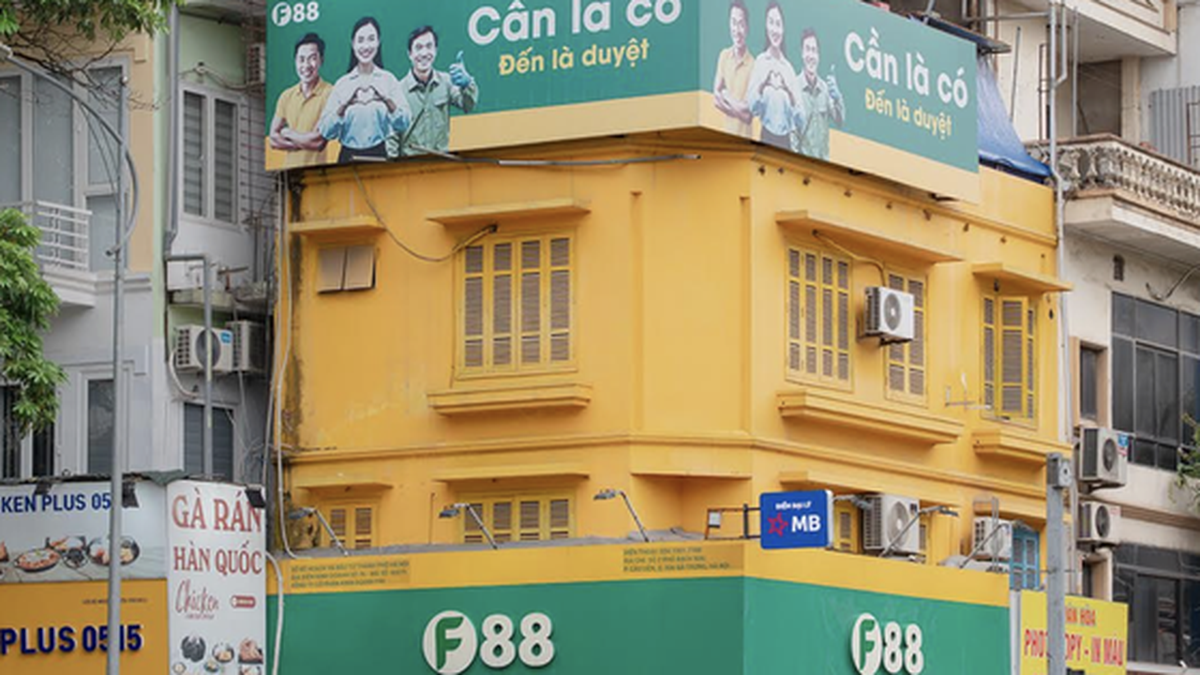
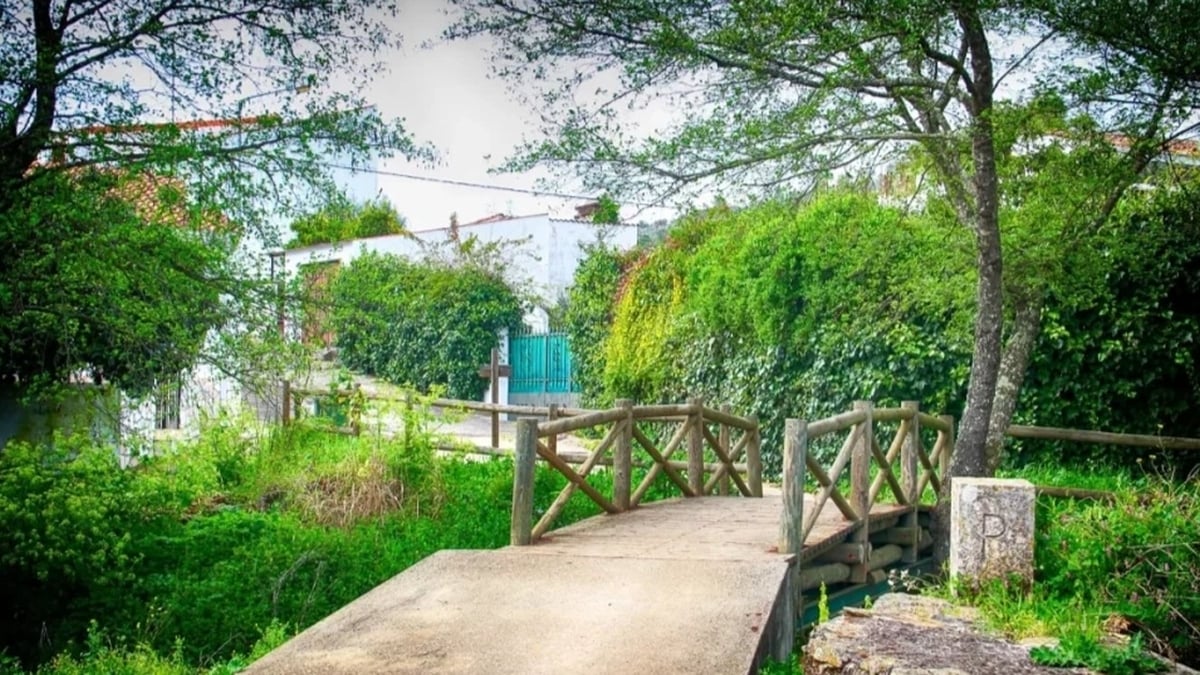
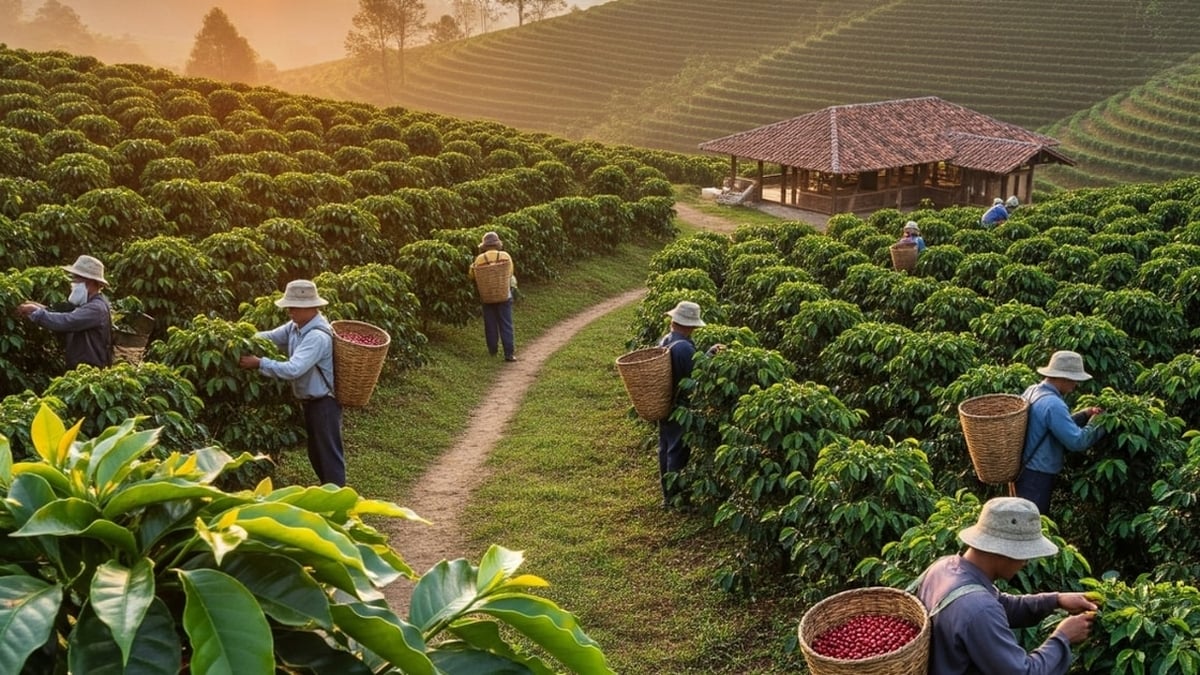
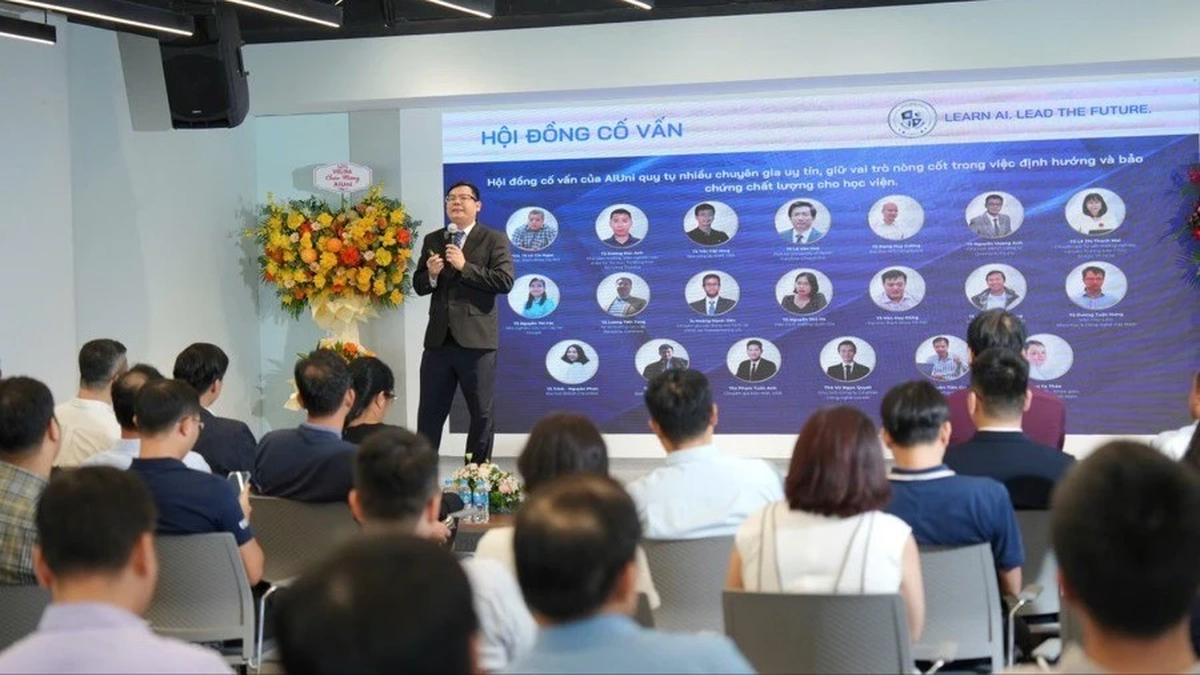

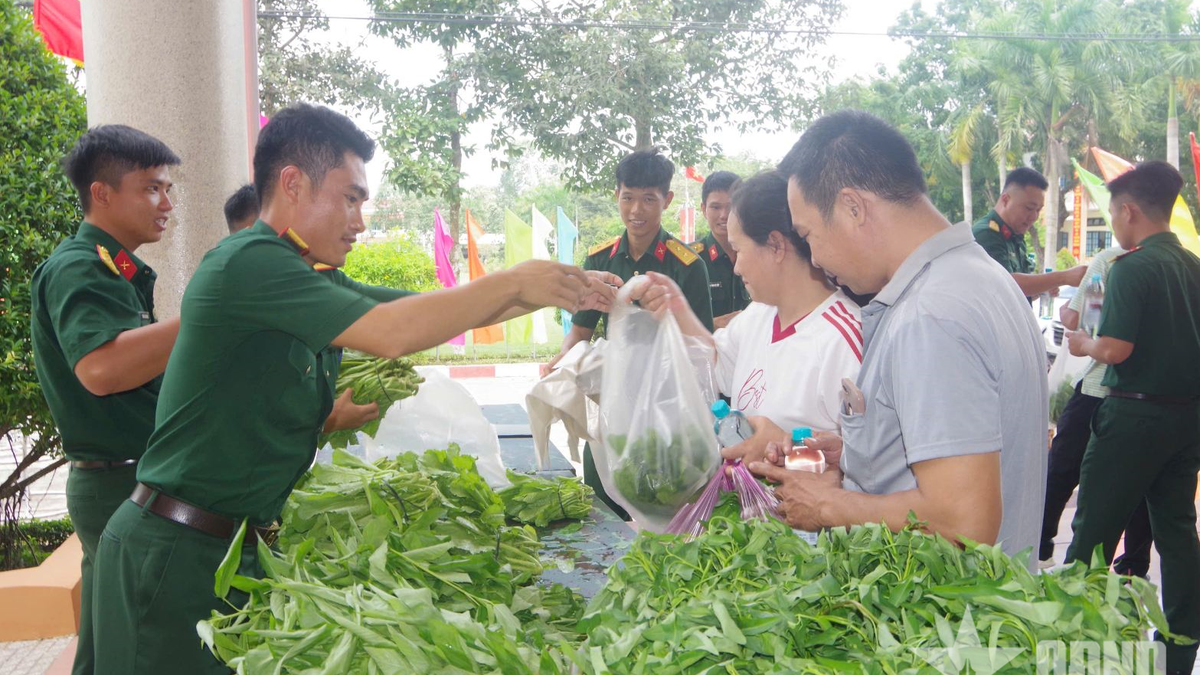
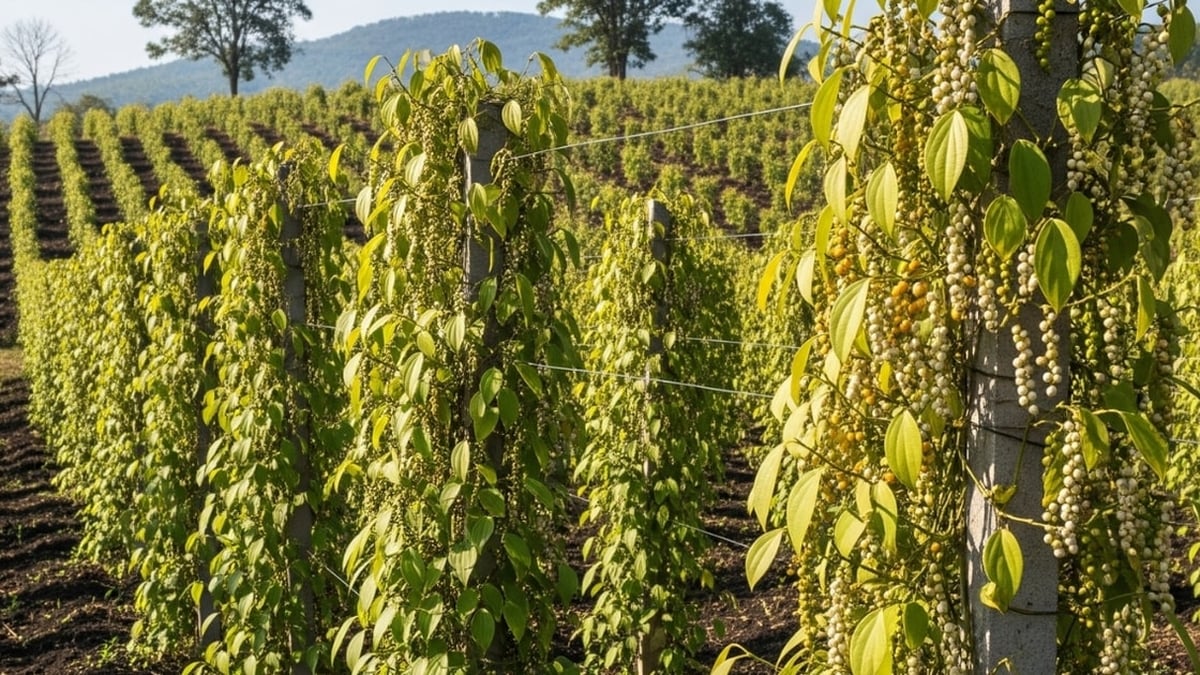
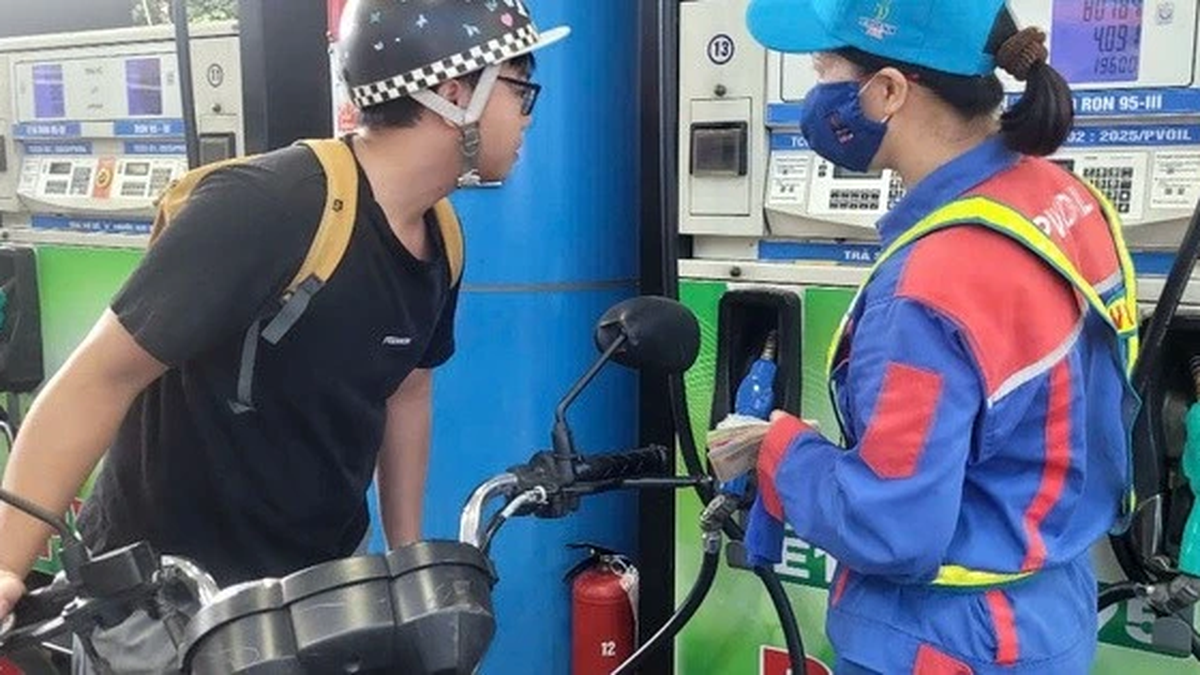
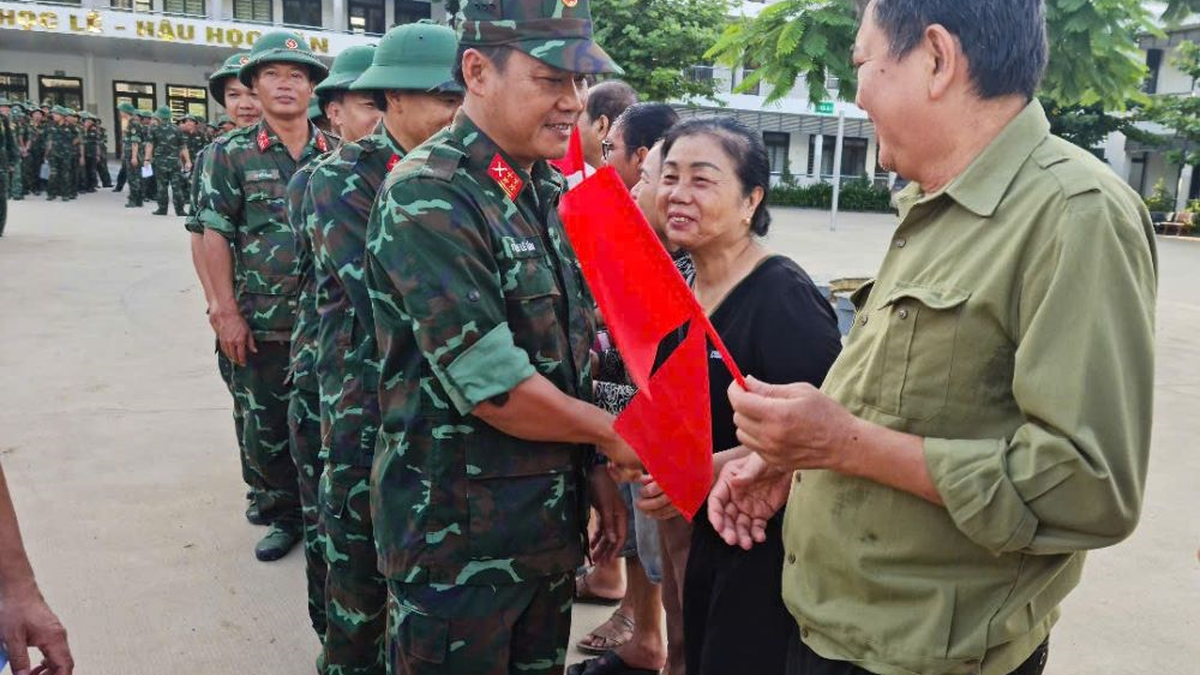
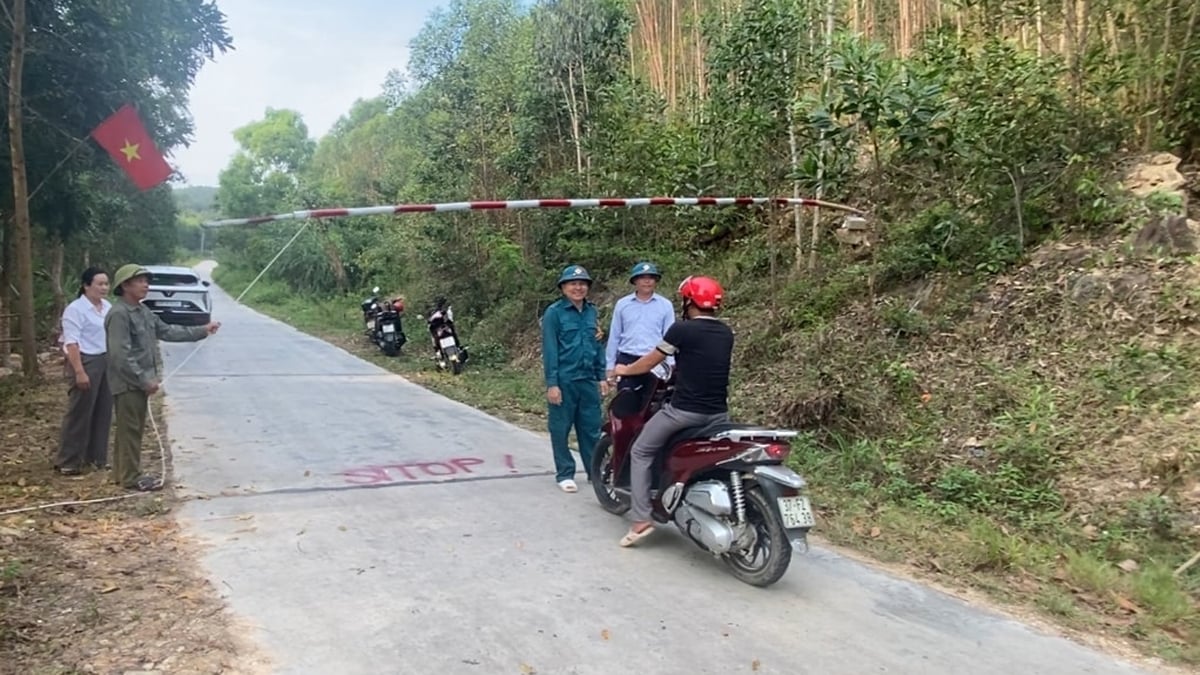















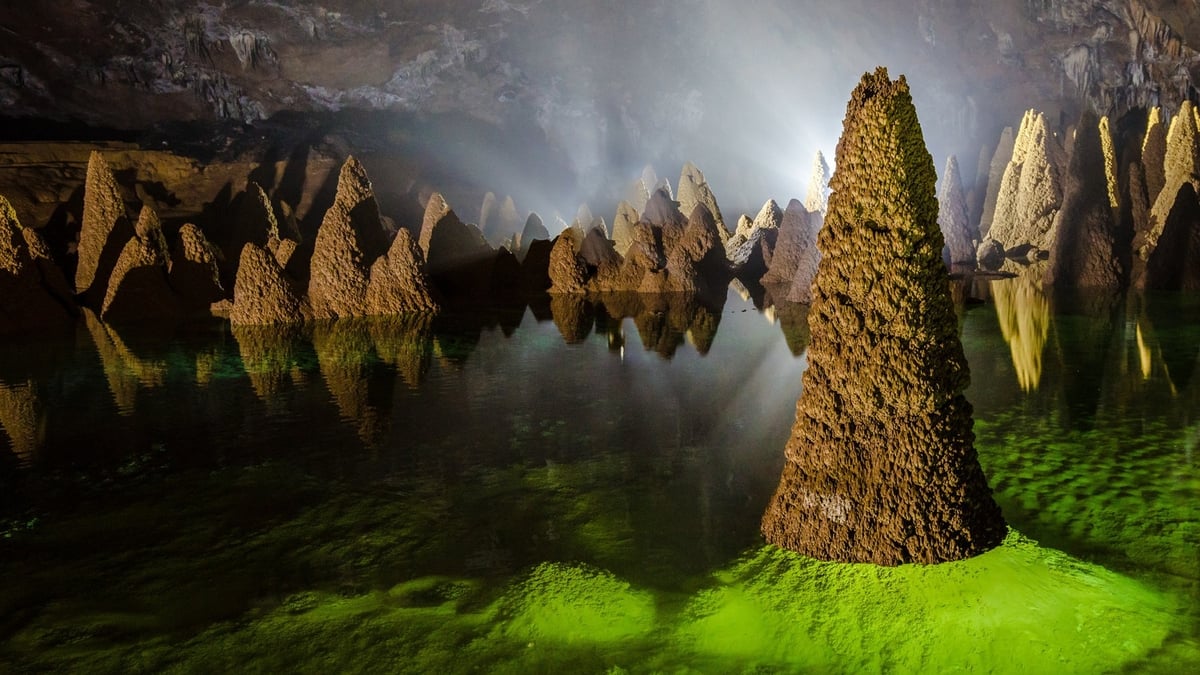




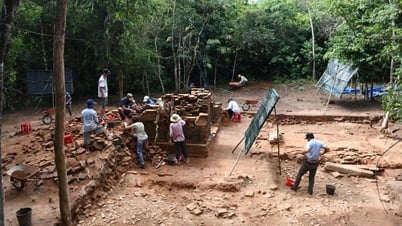

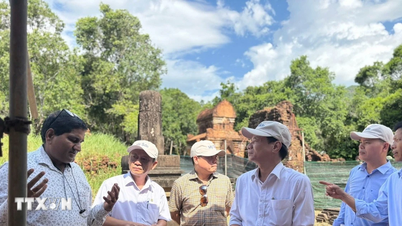





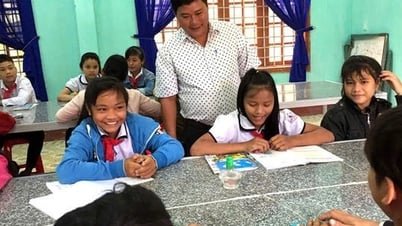

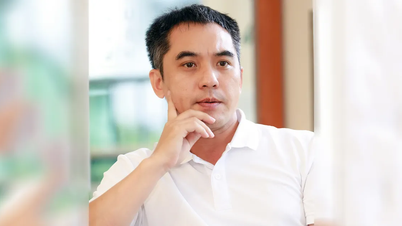

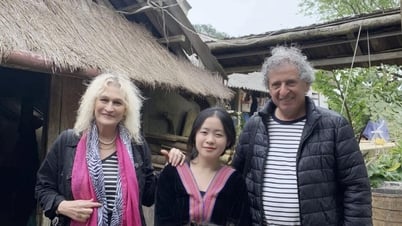






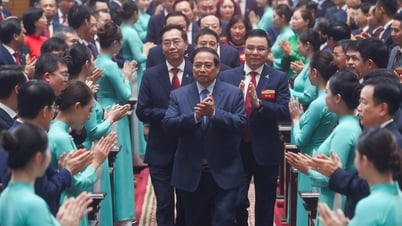












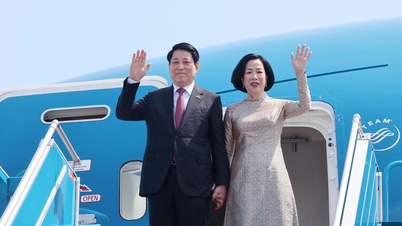
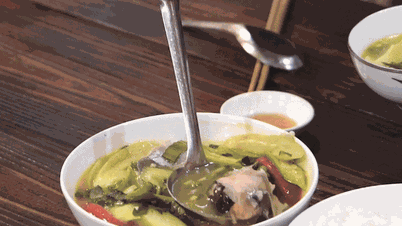


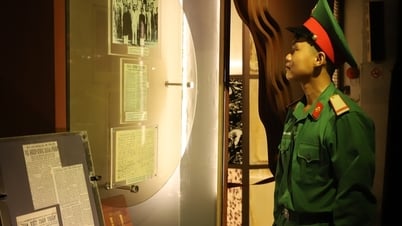

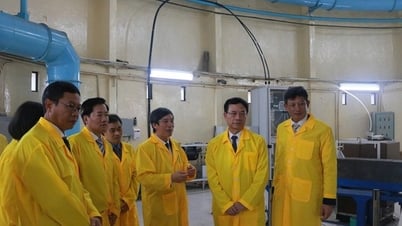

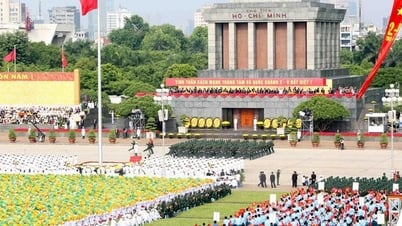
























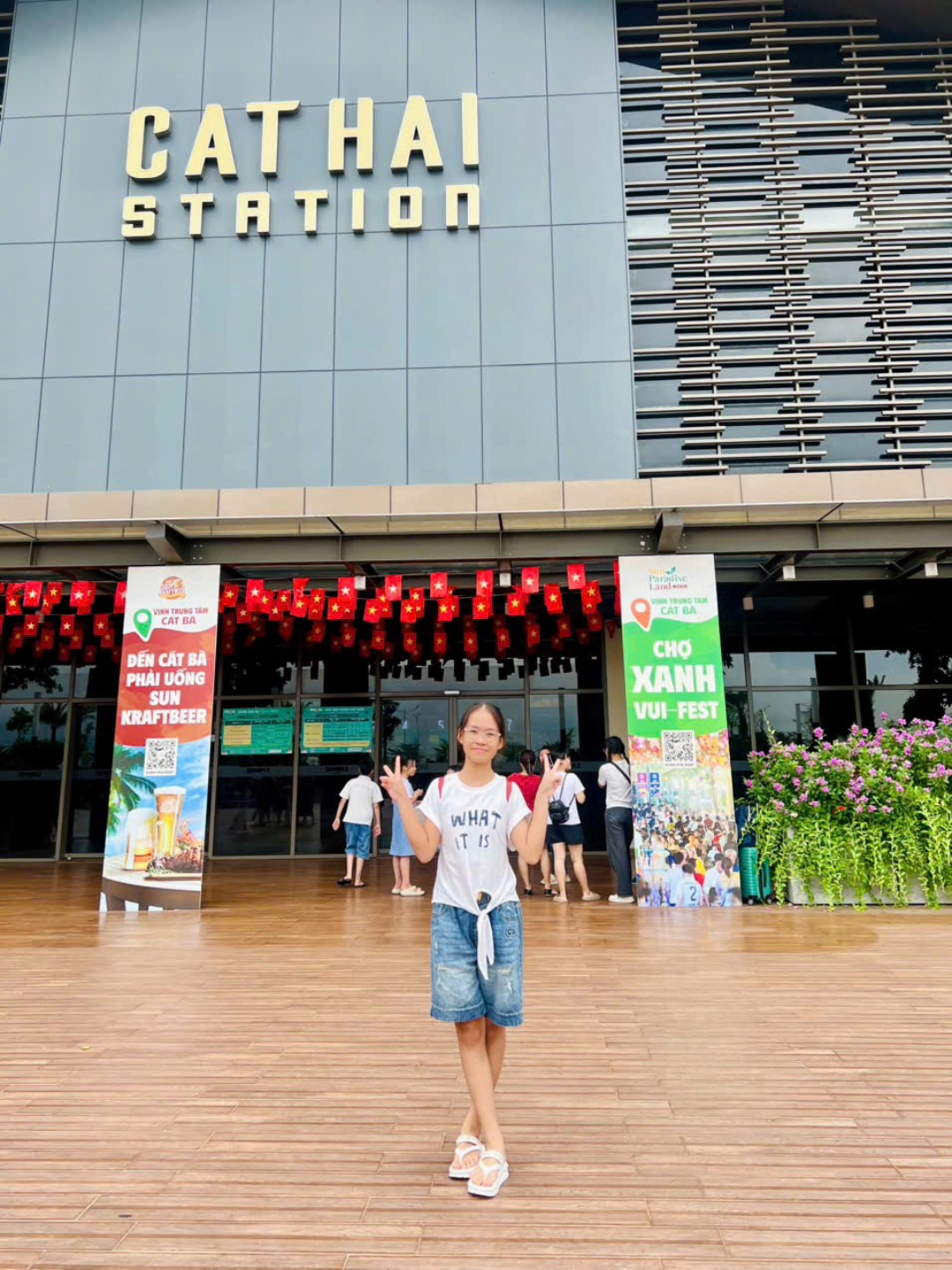
Comment (0)